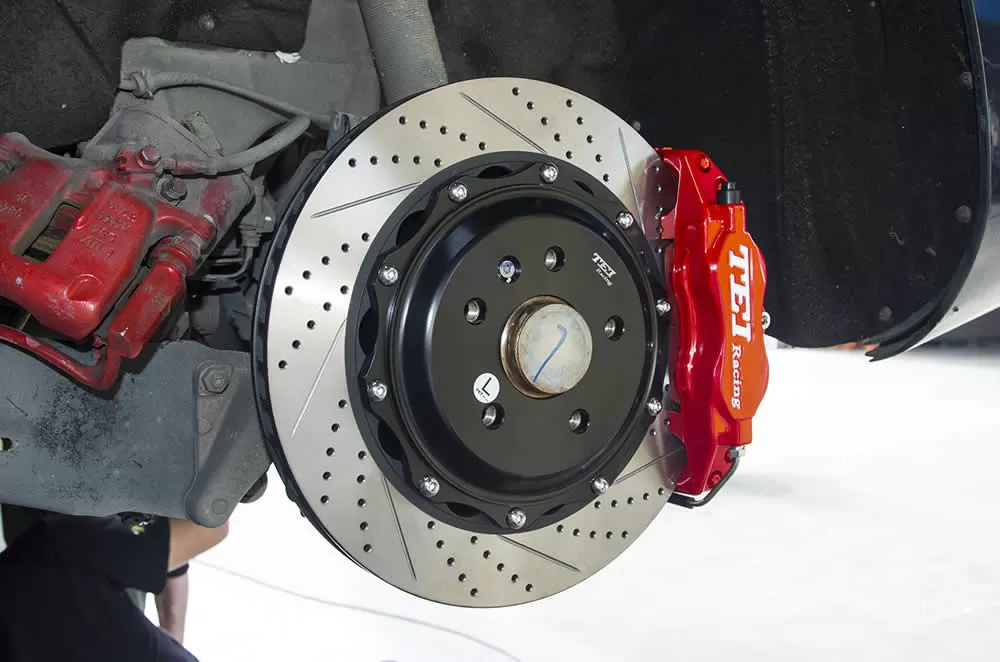
In recent years, electric vehicles (EVs) have become an important trend in the global automotive market with their zero emissions, low noise and high efficiency. Compared with traditional fuel vehicles, electric vehicles have significant advantages in power systems, transmission methods, and endurance. However, like all new cars, the running-in period of electric vehicles after leaving the factory is also crucial. Although electric vehicles can give drivers a sense of acceleration that ordinary fuel vehicles do not have in terms of acceleration, improper operation during this period, especially violent driving behaviors such as sudden acceleration and sudden braking, may have a negative impact on the performance and life of the vehicle.
The running-in period of electric vehicles is usually 1,500 kilometers to 3,000 kilometers, depending on the recommended requirements of the vehicle manufacturer. During this stage, car owners should try to avoid violent driving behaviors, including sudden acceleration and sudden braking, and maintaining a stable driving style will help improve the long-term stability and reliability of the vehicle.
The running-in period of electric vehicles (usually 0-2,000 kilometers) is a key stage for the various components of the power system to achieve optimal coordination. Unlike traditional fuel vehicles, the focus of running-in for electric vehicles is:
Run-in of motor rotor and bearing;
Microscopic matching of tooth surface of reduction gearbox;
Initial wear of friction material of brake system;
Learning and calibration of charge and discharge characteristics of battery BMS system;
Motor system overload:
Instantaneous large current (up to 3-5 times the rated value) causes a sudden rise in winding temperature;
Permanent magnets may undergo irreversible demagnetization (NdFeB material above 150℃);
Typical case: The efficiency of a certain brand of motor drops by 2.3% after 100 full throttle starts;
Transmission system impact:
The dynamic load coefficient of reduction gearbox gear is greater than 2.5;
The differential half shaft produces torsional deformation accumulation;
The recommended accelerator pedal opening is ≤70% (first 1000 kilometers);
Premature aging of the brake system:
Friction plate surface Producing local high temperature (>600℃) leads to material phase change;
The risk of thermal stress crack initiation of brake disc increases by 40%;
Measured data: Frequent emergency braking extends braking distance by 8-12%;
Energy recovery system imbalance:
Mechanical braking and electric braking coordinated control logic disorder;
Leading to pulse charging of battery pack (SOC fluctuation>5%/time);
Affecting the long-term stability of battery health SOH;
Adopt "progressive" acceleration strategy (0-60km/h acceleration time ≥8 seconds);
Predictive braking (deceleration controlled within 0.3g);
After the running-in period, it is recommended to:
Motor bearing lubrication status detection;
Brake fluid water content test (should be <3%);
Battery equalization calibration (voltage difference ≤20mV);

The running-in period of a new electric vehicle is the basis for the long-term performance and life of the vehicle. Intense operations such as sudden acceleration and sudden braking will not only have a negative impact on the vehicle's core components such as the battery, motor, and brake system, but may even affect the reliability and efficiency of the entire power system. Therefore, car owners should maintain rational driving during this stage and avoid unnecessary and sudden operations to lay a solid foundation for the long-term stability of electric vehicles.